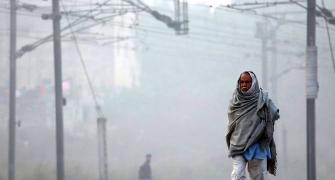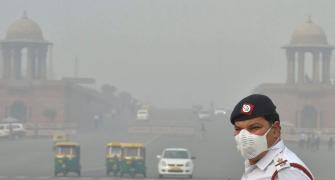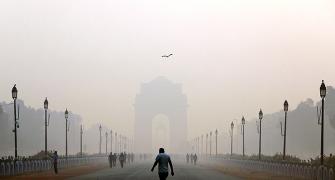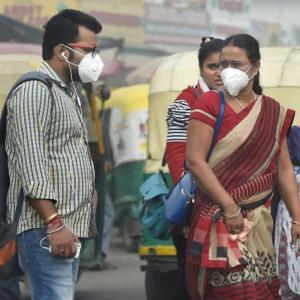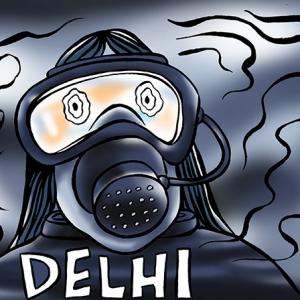The national capital on Tuesday woke up to a thick, pale haze as the air quality is now in the ‘very poor’ category.
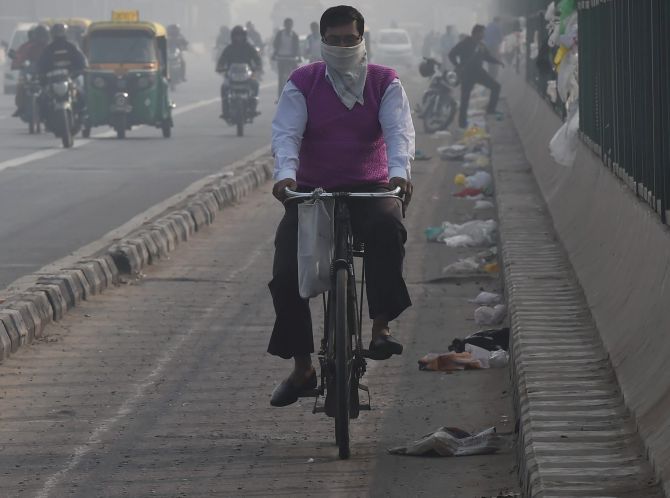
After Diwali, the air quality in New Delhi has been oscillating between the ‘very poor’ and ‘severe’ categories, respectively. According to the System of Air Quality Weather Forecasting and Research, the overall Air Quality Index was recorded at 397, which falls under the very poor category.
With seasonal crop residue burning, coupled with vehicle emissions, calm winds and low temperatures persisting for some time, the thick layer of toxic smog has hovered over the national capital.
Within New Delhi, the AQI oscillated between the poor, very poor and severe categories. At Lodhi Road, the AQI was recorded at 240, while at the Indira Gandhi International Airport, the AQI was 353. Furthermore, at Pusa and Mathura Road, the AQI was 304 and 372 respectively.
However, in Dhirpur, Chandni Chowk, Pitampura, and Delhi University, the AQI turned to severe, with AQIs of 447, 492, 450 and 453 respectively.
An AQI between 0-50 is considered good, 51-100 is satisfactory, 101-200 moderate, 201-300 poor, 301-400 very poor and 401-500 is marked as severe/hazardous.
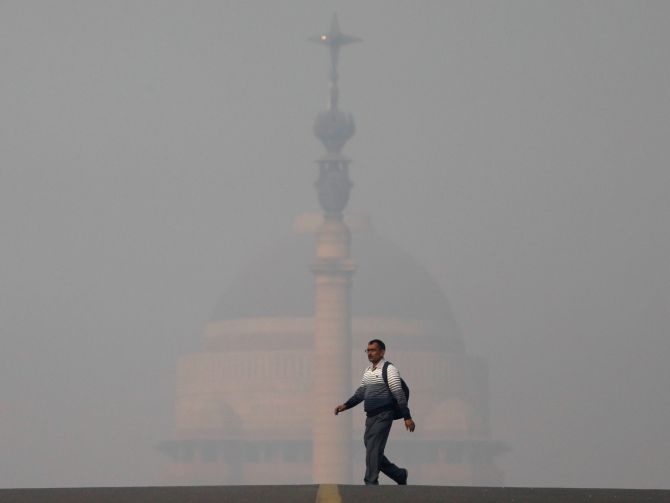
The SAFAR said in a statement, “Today’s air quality index is ‘very poor’ and it is likely to improve further by tomorrow but will remain in the very poor category. Surface winds picked up marginally but relative humidity is still high. The impact in loss of emission (attributed to control measure) is consistently visible as diurnal pattern in night is affected. Instead of increase after midnight (due to cooling, high humidity and drop in mixing layer height), Particulate Matter levels are declining. Stubble related impact continue to remain nominal due to slow transport height winds.”
Worried about the situation in the national capital, medical practitioners have advised people suffering from breathing difficulties to avoid outdoor activities. They have also recommended people to use masks whenever they step out of their houses.
Meanwhile, Delhi Environment Minister Imran Hussain directed strict implementation of Graded Response Action Plan in the national capital to check air pollution. The GRAP underlines the action taken by the implementing agencies for taking warranted action for controlling air pollution.
The Delhi Pollution Control Committee informed that actions are being taken by the agencies concerned to keep a tap on the increase in the pollution level. The DPCC added that the frequency of mechanised road sweeping and water sprinkles has been increased.
According to the Indian Meteorological Department, the maximum temperature in Delhi was 30.2 degree Celsius, while the minimum temperature was 13.4 degree Celsius.

